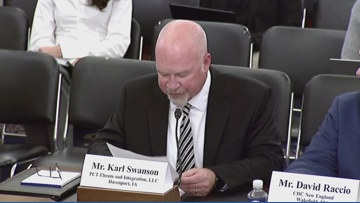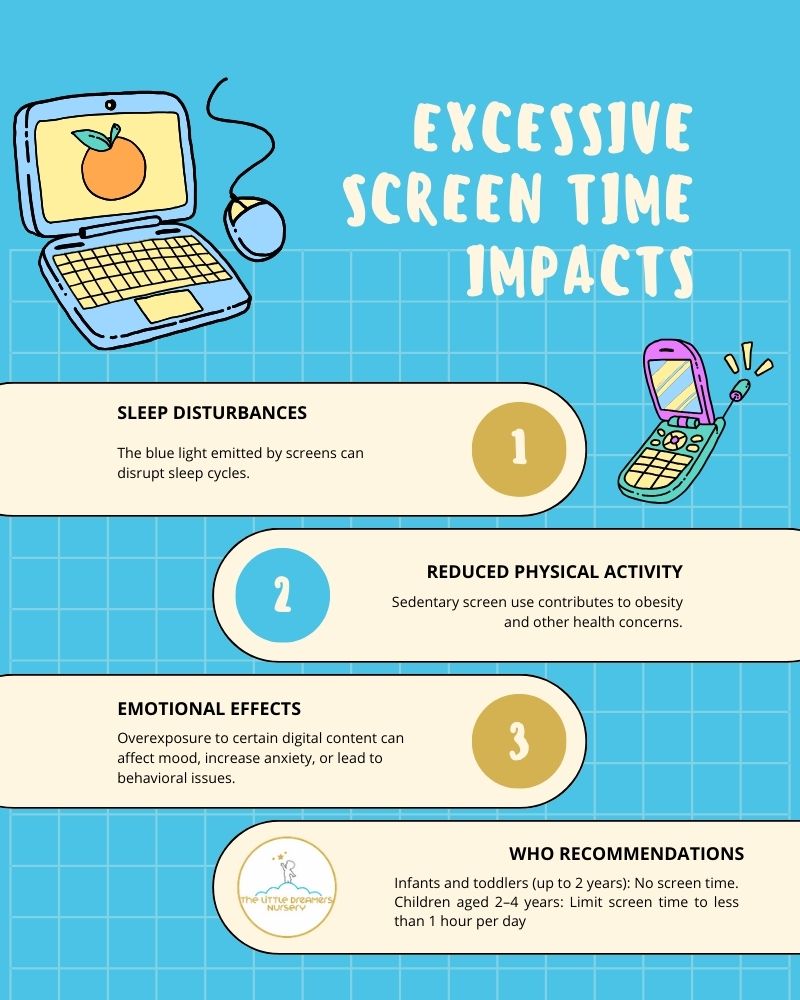Report on Federal Education Funding Freeze and its Impact on Sustainable Development Goals
Executive Summary
A decision by the federal administration to freeze over $6 billion in education funding presents a significant challenge to the Dallas Independent School District (DISD) and school systems nationwide. This action directly undermines progress toward several United Nations Sustainable Development Goals (SDGs), most notably SDG 4 (Quality Education), SDG 10 (Reduced Inequalities), and SDG 1 (No Poverty). This report analyzes the immediate financial impact on DISD, the broader implications for national educational programs, and the direct conflict with established global development objectives.
Direct Impact on Dallas ISD and Local Mitigation Efforts
The federal funding freeze has created a $22 million budget shortfall for the Dallas Independent School District. This gap directly threatens the district’s capacity to deliver on its educational mandate, which is a core component of SDG 4.
Financial and Staffing Consequences
- Budgetary Gap: An immediate deficit of $22 million has been identified by district officials.
- Personnel at Risk: The funding is allocated to approximately 150 staff positions, which are now unfunded. The retention of qualified teachers and staff is critical for achieving SDG Target 4.c.
District Response and Long-Term Concerns
DISD Superintendent Stephanie Elizalde has outlined a short-term strategy to prevent an immediate crisis by utilizing the district’s general operating budget. However, this measure is not sustainable and raises concerns about future financial stability.
- Internal Reallocation: Funds from the $1.9 billion general operating budget will be used to protect the 150 vital staff positions.
- Hiring Freeze: A freeze on nonessential central administration hiring has been instituted to control costs.
- Future Uncertainty: Officials express concern that a prolonged freeze or further cuts will jeopardize the district’s ability to provide consistent, quality education, thereby impeding progress toward SDG 4.
National Implications for Sustainable Development Goals
The nationwide freeze of over $6 billion in federal grants obstructs the achievement of inclusive and equitable education for all. The cuts disproportionately affect vulnerable populations, directly contravening the principles of SDG 10 (Reduced Inequalities) and the foundational goal of leaving no one behind.
Threats to Inclusive and Equitable Education (SDG 4 & SDG 10)
The suspended funds are designated for programs that are essential for creating equitable learning opportunities. The lack of this funding threatens to widen the educational gap for marginalized students.
- Low-Income Students: The inability to provide free or affordable after-school care and academic enrichment programs directly impacts children from low-income families, creating barriers to education and perpetuating cycles of poverty (SDG 1).
- English Language Learners: A lack of resources for hiring specialized staff to teach children learning English undermines SDG Target 4.5, which calls for equal access to education for vulnerable populations.
- Children of Migrant Workers: The freeze on $376 million specifically for educating migrant children is a direct setback for ensuring inclusive education for all.
Specific Programs Undermined and Related SDG Targets
The review and potential cancellation of these grants jeopardize key educational initiatives aligned with specific SDG 4 targets:
- Teacher Professional Development and Class Size Reduction ($2 billion): This funding is crucial for increasing the supply of qualified teachers and improving learning environments, as outlined in SDG Targets 4.c and 4.a.
- Academic Enrichment Grants ($1 billion): Often used for STEM education, these grants support quality education and lifelong learning opportunities.
- English Language Learner Support ($890 million): Essential for ensuring equitable access for non-native speakers (SDG Target 4.5).
- Adult Literacy Programs ($715 million): The suspension of these funds directly inhibits progress on SDG Target 4.6, which aims to ensure adult literacy and numeracy.
Challenges to Governance and Institutional Stability (SDG 16)
The administration’s actions have prompted a significant legal and political response, highlighting tensions related to governance and the rule of law, which are central to SDG 16 (Peace, Justice and Strong Institutions).
Legal and Political Conflict
- Interstate Lawsuit: More than 20 states have filed a lawsuit against the administration, alleging that withholding the allocated funds is a violation of federal law and the Constitution.
- Administration’s Justification: The stated reason for the freeze is to review grants for alignment with administration priorities, with the Office of Management and Budget citing concerns over support for certain social causes. This introduces a political dimension into the allocation of funds designated for fundamental educational needs.
SDGs Addressed in the Article
SDG 4: Quality Education
- The article’s central theme is the freezing of education funding, which directly impacts the quality and accessibility of education. It explicitly mentions a “$22 million gap” for Dallas schools, affecting “roughly 150 staff positions.” The cuts also target funds for “after-school and summer programs, English language instruction, adult literacy,” “teachers’ professional development,” and efforts to “reduce class size.”
SDG 10: Reduced Inequalities
- The funding freeze disproportionately affects vulnerable and marginalized groups. The article notes that the withheld money is intended for programs supporting “low-income kids,” “children who are learning English,” “the children of migrant workers,” and services for “immigrants in the country illegally or LGBTQ inclusion efforts.” This action exacerbates inequalities in educational access and outcomes.
SDG 1: No Poverty
- The article connects the funding cuts to poverty by highlighting the impact on essential support systems for low-income families. It states that without the federal money, schools may not be able to provide “free or affordable after-school care for low-income kids.” Such programs are crucial social safety nets that enable parents to work, thus preventing families from falling into or remaining in poverty.
SDG 16: Peace, Justice and Strong Institutions
- The article touches on issues of governance, accountability, and the rule of law. The administration’s decision to freeze funds that were “already allocated, but aren’t being distributed” raises questions about institutional transparency and accountability. The response, where “More than 20 states have sued” the administration, alleging the action “violates the Constitution and several federal laws,” points directly to the use of legal systems to ensure justice and hold institutions accountable.
Specific SDG Targets Identified
SDG 4: Quality Education
- Target 4.1: By 2030, ensure that all girls and boys complete free, equitable and quality primary and secondary education. The funding freeze threatens the quality of education by jeopardizing “150 staff positions” and funding for “academic enrichment grants.”
- Target 4.5: By 2030, ensure equal access to all levels of education for the vulnerable. The article specifies that the cuts impact programs for “low-income kids,” “students who are learning English,” and “children of migrant workers,” who are considered vulnerable groups.
- Target 4.6: By 2030, ensure that all youth and a substantial proportion of adults, both men and women, achieve literacy. The freeze on “$715 million to teach adults how to read” directly undermines this target.
- Target 4.c: By 2030, substantially increase the supply of qualified teachers. Withholding “$2 billion in grants for teachers’ professional development” and potentially cutting “150 staff positions” works directly against this target.
SDG 10: Reduced Inequalities
- Target 10.2: By 2030, empower and promote the social, economic and political inclusion of all, irrespective of economic or other status. Cutting funds for programs aimed at “low-income kids,” “students who are learning English,” and “children of migrant workers” hinders their inclusion and equal access to opportunities.
- Target 10.3: Ensure equal opportunity and reduce inequalities of outcome, including by eliminating discriminatory policies and practices. The act of withholding funds intended for specific vulnerable groups can be seen as a policy that increases inequality of outcome in education.
SDG 1: No Poverty
- Target 1.3: Implement nationally appropriate social protection systems and measures for all. The potential loss of “free or affordable after-school care for low-income kids” represents a weakening of social protection systems that support vulnerable families and help prevent poverty.
SDG 16: Peace, Justice and Strong Institutions
- Target 16.6: Develop effective, accountable and transparent institutions at all levels. The administration’s decision to freeze allocated funds without a clear timeline, as noted by the Education Department’s warning that “decisions have not yet been made,” challenges the principles of accountable and transparent governance.
- Target 16.b: Promote and enforce non-discriminatory laws and policies for sustainable development. The lawsuit by over 20 states, which “alleges withholding the money violates the Constitution and several federal laws,” is a direct effort to enforce existing laws against a policy perceived as discriminatory.
Indicators for Measuring Progress
SDG 4: Quality Education
- Financial Commitment: The article provides specific monetary values that serve as indicators of financial support for education, including the “$22 million gap” in Dallas, the “$6 billion in federal grants” frozen, and specific amounts for programs like “$2 billion for teachers’ professional development” and “$715 million to teach adults how to read.”
- Human Resources: The mention of “roughly 150 staff positions” at risk is a direct indicator related to the supply of educational personnel.
SDG 10: Reduced Inequalities
- Impact on Vulnerable Groups: While not providing exact numbers, the article implies an indicator by identifying the specific populations negatively affected by the policy: “low-income kids,” “children who are learning English,” “children of migrant workers,” and “immigrants in the country illegally.” Progress would be measured by the extent to which these groups’ access to education is restored or hindered.
SDG 1: No Poverty
- Access to Social Protection: The key implied indicator is the availability of “free or affordable after-school care for low-income kids.” Measuring the number of children who lose access to this service would quantify the impact on this social safety net.
SDG 16: Peace, Justice and Strong Institutions
- Legal and Institutional Accountability: An indicator of challenges to institutional accountability is explicitly mentioned: “More than 20 states have sued Trump’s administration over the frozen education funding.” This represents a formal challenge to a government action through the justice system.
Summary Table of SDGs, Targets, and Indicators
| SDGs | Targets | Indicators (as identified in the article) |
|---|---|---|
| SDG 4: Quality Education | 4.1, 4.5, 4.6, 4.c |
|
| SDG 10: Reduced Inequalities | 10.2, 10.3 |
|
| SDG 1: No Poverty | 1.3 |
|
| SDG 16: Peace, Justice and Strong Institutions | 16.6, 16.b |
|
Source: dallasnews.com







